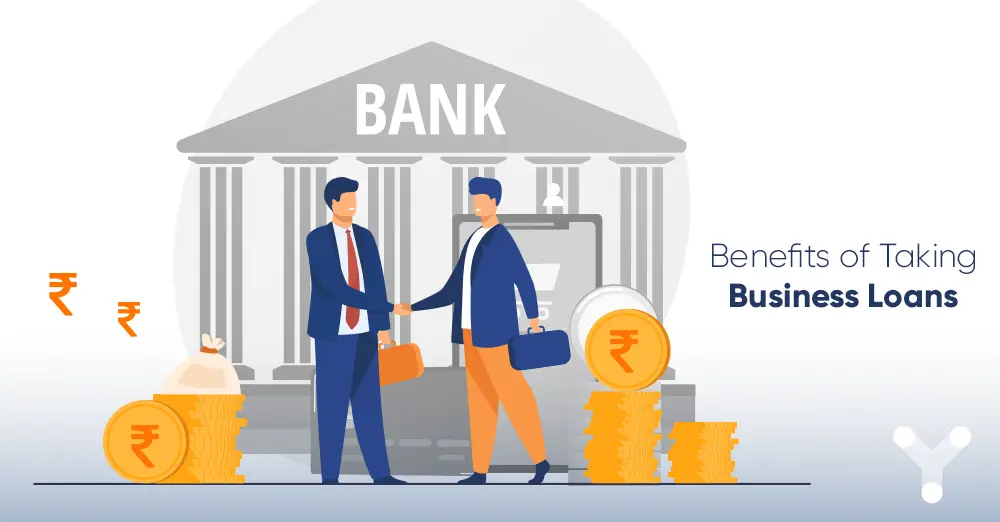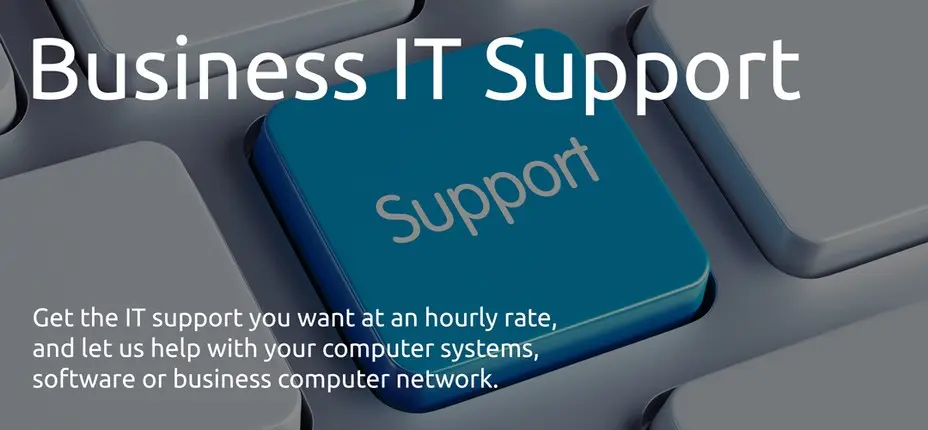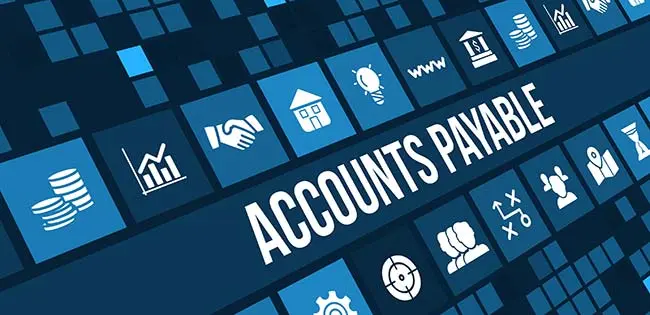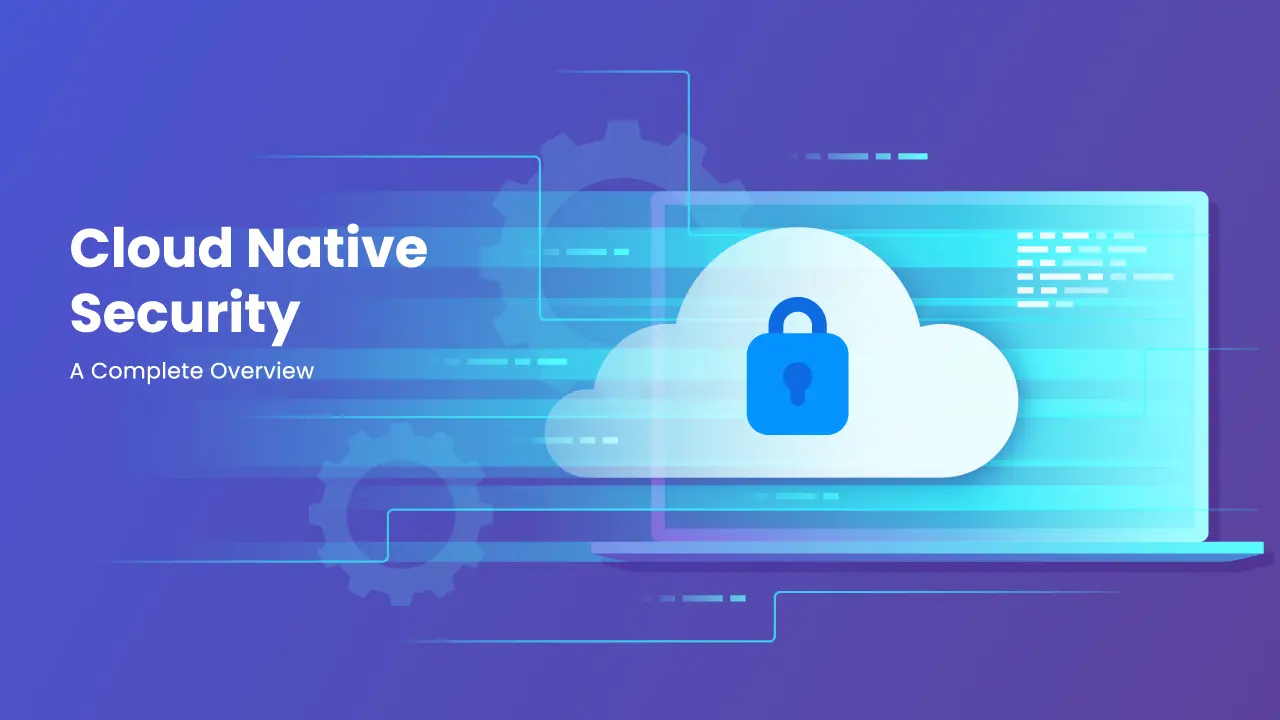
Top Small Business Loan Options in 2025
Choosing the right loan depends on your business needs, credit score, and repayment ability. Below is a comparison of the best small business loans available in 2025.
| Loan Type | Best For | Typical Interest Rate | Loan Amounts | Repayment Terms | Notable Lenders |
|---|---|---|---|---|---|
| SBA 7(a) Loans | Established businesses, low interest rates | 5.5% - 9.75% | Up to $5 million | Up to 25 years | Wells Fargo, Live Oak Bank |
| Business Lines of Credit | Flexible funding needs | 7% - 25% | $10,000 - $500,000 | 6 months - 5 years | Fundbox, BlueVine |
| Equipment Financing | Purchasing machinery or vehicles | 4% - 30% | Up to $5 million | 1 - 10 years | Balboa Capital, Crest Capital |
| Invoice Financing | Businesses with unpaid invoices | 1% - 5% per month | Up to 90% of invoice | Varies | Fundbox, BlueVine |
| Merchant Cash Advances | Fast funding, high-risk businesses | 20% - 250% APR | $5,000 - $500,000 | Daily or weekly payments | Rapid Finance, Credibly |
How to Qualify for a Small Business Loan
Each lender has different eligibility requirements, but the following factors are commonly considered when applying for a small business loan:
1. Credit Score Requirements
Lenders evaluate both personal and business credit scores. A higher credit score increases your chances of securing lower interest rates. Generally:
- 700+: Best rates and terms
- 650-699: Good but may require additional documentation
- 600-649: Limited options with higher interest rates
- Below 600: Alternative lenders or secured loans may be needed
2. Business Revenue and Profitability
Lenders often require a minimum annual revenue to ensure the business can repay the loan. Most lenders require:
- At least $50,000 - $100,000 in annual revenue for small loans
- At least $250,000+ for larger loans
3. Business Age and Stability
Lenders prefer businesses that have been operating for at least two years. However, some alternative lenders offer loans to startups with strong financial projections.
Steps to Apply for a Small Business Loan
1. Determine Your Loan Needs
Assess how much funding you require and what you will use it for, such as equipment purchases, working capital, or expansion.
2. Compare Lenders and Loan Types
Use the comparison table above to evaluate interest rates, terms, and lender reputations before applying.
3. Gather Required Documents
Most lenders require the following:
- Business tax returns (past two years)
- Profit and loss statements
- Bank statements
- Business plan (for startups or large loan amounts)
4. Submit an Online Application
Many lenders offer online applications that take minutes to complete. Be prepared to provide personal and business financial information.
5. Review and Accept Loan Terms
Once approved, carefully review the loan terms, including the interest rate, repayment schedule, and any fees before signing the agreement.
Tips for Getting the Best Loan Terms
1. Improve Your Credit Score
Work on paying down existing debt and making on-time payments to increase your chances of qualifying for lower interest rates.
2. Consider SBA-Backed Loans
The Small Business Administration (SBA) loans offer some of the lowest interest rates, but they require more paperwork and have a longer approval process.
3. Shop Around and Negotiate
Compare multiple offers before accepting a loan. Some lenders may be willing to negotiate lower rates or waive certain fees.
4. Opt for Secured Loans if Possible
Providing collateral (such as business equipment or inventory) can reduce interest rates and improve approval chances.
Conclusion
Finding the best small business loans in 2025 requires careful comparison of loan types, interest rates, and repayment terms. Whether you're looking for a flexible business line of credit, a low-rate SBA loan, or fast invoice financing, understanding your business’s financial health and lender requirements will help you make the best choice.


